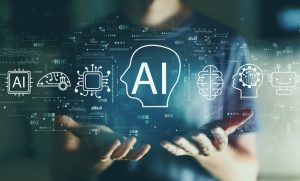The First Move To Quantum Algorithms – Reducing A Quantum Ensemble’s Uncertainty

Researchers have developed an analytical model to a guesswork issue for quantum combinations in a classic experiment.
Provided the rapid changes in technology, it is not surprising that quantum techniques would become extremely common in the next few decades. A huge portion of bringing in this modern generation of quantum computing necessitates a deeper awareness including both quantum and classical data, as well as how the two can be linked to each other.
Classical data must first be encoded before it can be sent across quantum streams. Quantum configurations are used for this encoding. A quantum classification is a collection of quantum systems, within each likelihood function. To precisely obtain the transmitted data, the receiver must ‘guess’ this same state of the data about to be sent many times. This is referred to as a ‘guesswork’ cost function.
The usual amount of guesstimates needed to accurately predict the state is alluded to as guesswork.
The idea of guesswork was already extensively studied in traditional combinations, but it is still relatively unknown in quantum combinations. A Japanese research group led by Professor Takeshi Koshiba from Waseda University, Professor Michele Dall’Arno from Waseda University as well as Kyoto University, and Professor Francesco Buscemi from Nagoya University started developing a numerical model to a guesswork issue under a limited set of circumstances. “In so many scientific disciplines, the guesswork issue is foundational that usesmachine learning or computer vision techniques. Our findings pave the way for a computational facet of a guesswork issue “Koshiba explains. IEEE Transactions on Cognitive Science published their findings.
To start, the researchers examined a prevalent classicism of quantum circuit design that pertains to the transmission condition of a quantum ensemble to quantum quantification. They then presented the probability distribution function both for the quantum ensemble as well as the quantum quantification numberings. They then set up the guesswork purpose. Does the guesswork function convert any pair of? consequently? into the external potential of the guess (where it denotes the guestimate number), averaging nearly out over posterior distribution of the guess being accurate. At last, they minimized the pure speculation purpose over the components of using this outcome to obtain a numerical model to the guesswork issue under a limited set of circumstances.




